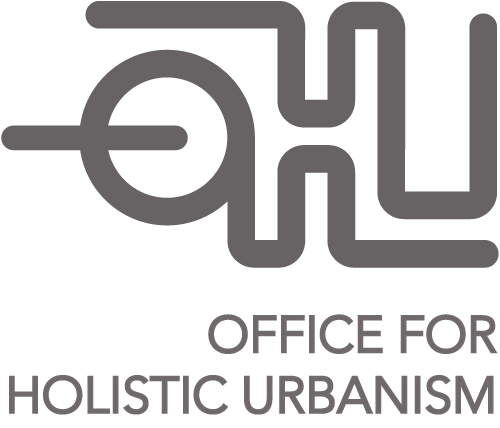Tool: Future Financing Sources
An overview of the financing options for development projects.
TOOLS
There are multiple ways to structure finance to fund a project. The structure depends on the nature of the development, the longevity of the outlay and several other important factors. Here are outlines of a few structures Ohu has identified:
Patient Capital
Investors who seek to unlock the social benefits of the project provide either equity or loans on the basis that there won’t be a return for a certain period.
Equity investors providing patient capital represent a more straightforward arrangement as project cashflows illustrate when dividend flows are projected to occur.
Patient debt arrangements could see interest during construction either foregone or capitalised. Principal repayments could be deferred for a certain period. Both of these elements ease cashflow pressures on the project and reduce its development cost.
In some instances, land could be provided to a project on a patient basis. In addition to unlocking the social benefits of an Ohu development, land-owners of vacant sites will also receive the benefit of an accelerated revenue stream (compared to the counterfactual of a vacant site incurring holding costs with no revenue). Further, certain Ohu projects will be transformational on a community level. Projects that become focal points for the community will see increased foot-traffic and usage, increasing the inherent value of these and surrounding sites.
Concessionary Loans
Concessionary loans are used where the investor does not wish to take the risk associated with an equity investment but also does not expect a full commercial return.
Whereas a subordinated commercial loan may come with an interest rate of 9%, a concessionary loan could be anywhere from 0% (technically a negative return when the effects of inflation are considered), ~2% (no real return when inflation is considered) or somewhere in the 4-6% range (still providing a return to the investor but lower than they would typically expect in a project with a similar risk profile).
Emotional Equity
Emotional equity is typically less concerned with the financial return from an investment, but more-so the “why” of the investment. A good example of emotional equity investment is the recent OCHO capital raise in Dunedin following Mondelez’s decision to close the Cadbury factory. This share offer was conducted via PledgeMe and appealed, in part, to those who wanted to see chocolate production (and the associated economic and social benefits) remain in Dunedin.
Micro Equity / Crowdfunding
Many traditional investment opportunities come with minimum purchase thresholds. Often these thresholds are too high for investors who would be willing to partake but cannot. Micro-equity capital raising (or crowdfunding) enables investing in a project (and its outcomes) to be more accessible to a wider range of investors, with each contributing a relatively small amount.
This segment of the market typically invests for commercial return but, in many instances, has significant overlap with the Emotional Equity category (small investments in order to see social outcomes delivered).
Side-Car Investment Fund
This could either be debt (providing loans to the project) or equity investment depending on both the needs of the project and the risk appetite of the investor group. Once a project is successfully operational, the development has the option of recycling this debt/equity into future projects. This provides for the regenerative nature model.
Traditional Investors
As all the developments Ohu supports will be financially self sustainable there may be a place for traditional property investors. Such investors would typically expect a higher financial return on their equity investment. Projects would have to be assessed to determine whether it could handle the provision of such returns.
Bank Debt
Depending on the sources of capital available for each project and potential cost of bank debt, this could be another source of funds.
Recent moves by banks to market themselves as socially progressive could provide an opportunity for Community Led Developments. The provision of lending to such projects could be seen as a way to demonstrate that the ‘old model’ of banking is being reinvented.
Prepayment
A variant of emotional or micro equity is prepayment for the end-product. If the development has cashflow constraints but the actual operations have cashflow surpluses, prepayment presents a way of solving this financing issue.
Customers can purchase nights in hotels, electric car hire, movie tickets or co-working space either simply in advance or into perpetuity. The latter could see a customer purchasing one night in a hotel each year for an up-front lump-sum payment of $3000. This approach also enables greater community buy-in as customers have partnered with the project well ahead of opening.
